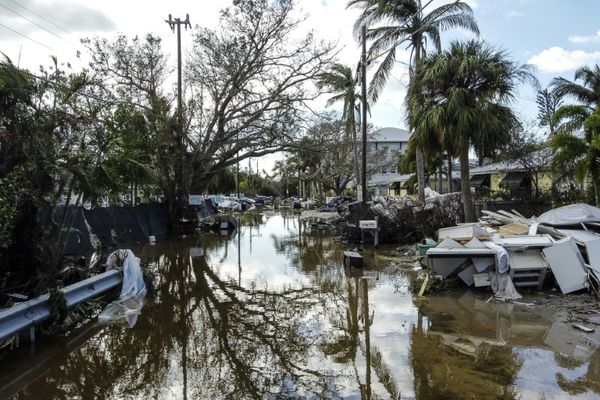
Deadly floods and natural disasters this year have cost each Australian household $1532, a new report has found.
The hefty sum per household went to taxes, insurance costs, uninsured damage and increased prices due to supply chain shortages.
The authors of The Cost of Extreme Weather report released on Thursday by the Insurance Council of Australia (ICA) and the McKell Institute say that figure is set to balloon to $2509 per household by 2050 if no structural changes are made.
"Australia is a nation on the frontline of climate impacts," the report said.
"As climate change worsens, we must focus more on resilience."
The 29-page report found federal money spent on post-disaster relief dwarfs that spent on planning and mitigating inevitable natural disaster events.
Since 2005, federal spending on disaster relief was $24 billion while spending on disaster resilience was just $500 million.
The February-March floods in northern NSW and western Sydney became the second costliest extreme weather event in modern Australian history estimated to be around $5.28 billion with over 230,000 claims lodged.
The average incurred loss for residents of Lismore, the epicentre of the devastating floods which claimed 13 lives overall, was $20,000.
McKell Institute CEO Michael Buckland said costs of extreme weather events had gone beyond those directly affected to impacting every Australian immediately.
"The 2022 floods ... not only impacted millions of people and cost more than $5 billion in insurance damages, but they also showed that even individuals who were not directly impacted by the event bear the economic and social cost."
The ICA said it was high time state and federal government worked more in concert to make insurance affordable for victims and build developments that withstand extreme weather events.
"States and territories must also do their bit ... to protect communities from worsening extreme weather," said the council's CEO Andrew Hall.
"They should also act now to reform state taxes on insurance products as an immediate measure to make insurance more affordable and lift the level of cover against extreme weather events."
Under changes proposed by the federal government Australia will have a dedicated and ongoing funding source for natural disaster resilience and risk reduction projects.
A proposal for the new disaster ready fund, previously known as the emergency response fund, was introduced to federal parliament by Home Affairs Minister Clare O'Neil on Wednesday.
The government will provide $200 million each year for the fund and will review the allocation sum at least every five years.
The fund would focus on building resilience for future natural disasters and delivers on a Labor election commitment, Ms O'Neil said.







